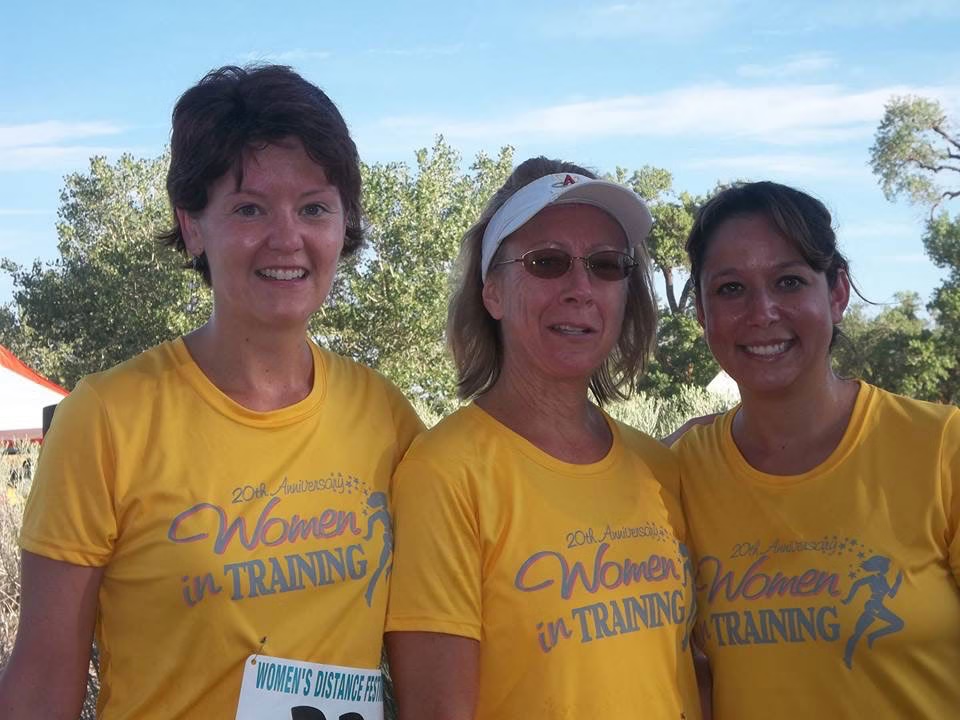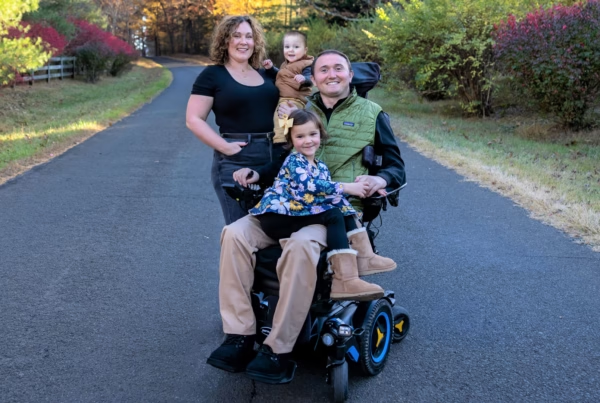
From Athlete to Quadriplegic: Kerry’s Accident & Recovery
Catastrophic Injuries & Early Challenges
Kerry Houlihan’s life changed forever on February 9, 2017, when a distracted driver struck her while she was walking her dog in a school zone. The impact and subsequent dragging left her with a severed left leg below the knee, multiple fractures (right leg, jaw, shoulder, left arm), two broken vertebrae, brain trauma, and spinal damage.
Dependence on Caregivers & Lasting Effects
Following a three-week coma, Kerry awoke to find she could no longer walk, feed, or clothe herself. “My grip is not good anymore,” she recalls. Today, she relies on her husband, daughter, and a full-time caretaker for all activities of daily living.

Prior to her injury, Kerry lived an extremely active lifestyle, participating in half marathons, triathlons, soccer teams, volleyball teams, and more. The injury left her feeling helpless, stating,
“I just felt awful.”
Discovering the RT300: Functional Electrical Stimulation at Craig Hospital
What Is FES Therapy?
Functional Electrical Stimulation (FES) uses controlled electrical pulses to activate muscles that have lost voluntary control. It can improve circulation, muscle tone, and reduce spasticity after spinal cord injury.
Why Home Rehabilitation Equipment Matters
While Kerry first experienced FES at Craig Hospital, she knew the gains would slip away if therapy stopped. Bringing the RT300 rehabilitation system home meant consistent access and consistent progress.
Seven Years On: Managing Spasticity & Staying Active
Spasticity Management with FES Therapy Systems
For over seven years, Kerry has used the RT300 daily to maintain muscle tone and control spasticity. Regular sessions help keep her limbs active, reduce stiffness, and support overall health.
”“The RT300 definitely helps me with my spasticity.”
Kerry HoulihanHome RT300 Rider
How Consistent Access to FES Supports Quality of Life
Kerry’s journey shows how home-based rehabilitation equipment can transform recovery. Helping mitigating secondary complications, the RT300 has been a cornerstone of her ongoing resilience and independence.
Want to learn more about how the RT300 and Xcite2 therapy systems can improve patient outcomes?
Visit restorative-therapies.com to explore how Restorative Therapies supports clinicians and patients in the neurorecovery journey.






